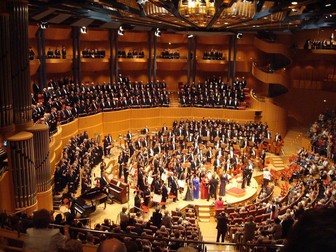
Film Music GCSE Music
This resource focuses on the elements of Film Music Area of Study for the WJEC/Eduqas specification, but can also be applicable to OCR, AQA and Edexcel as part of your composition and listening studies. The booklet provides resources and self-assessed PLCs for approximately 1 term’s work, and the following is covered:-
Melodic Writing
Harmony - Diatonic and Dissonant.
Rhythm & Metre - irregular metres in Film Music
Specimen Listening Questions for the WJEC/Eduqas paper
